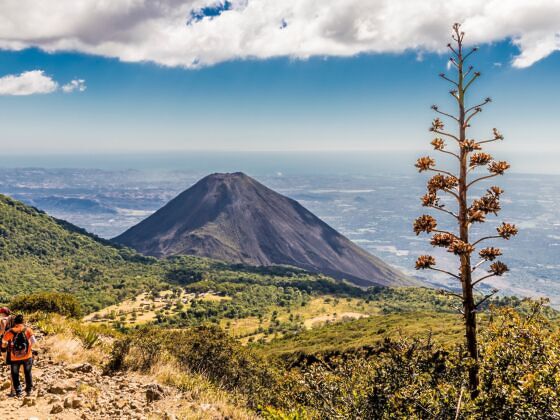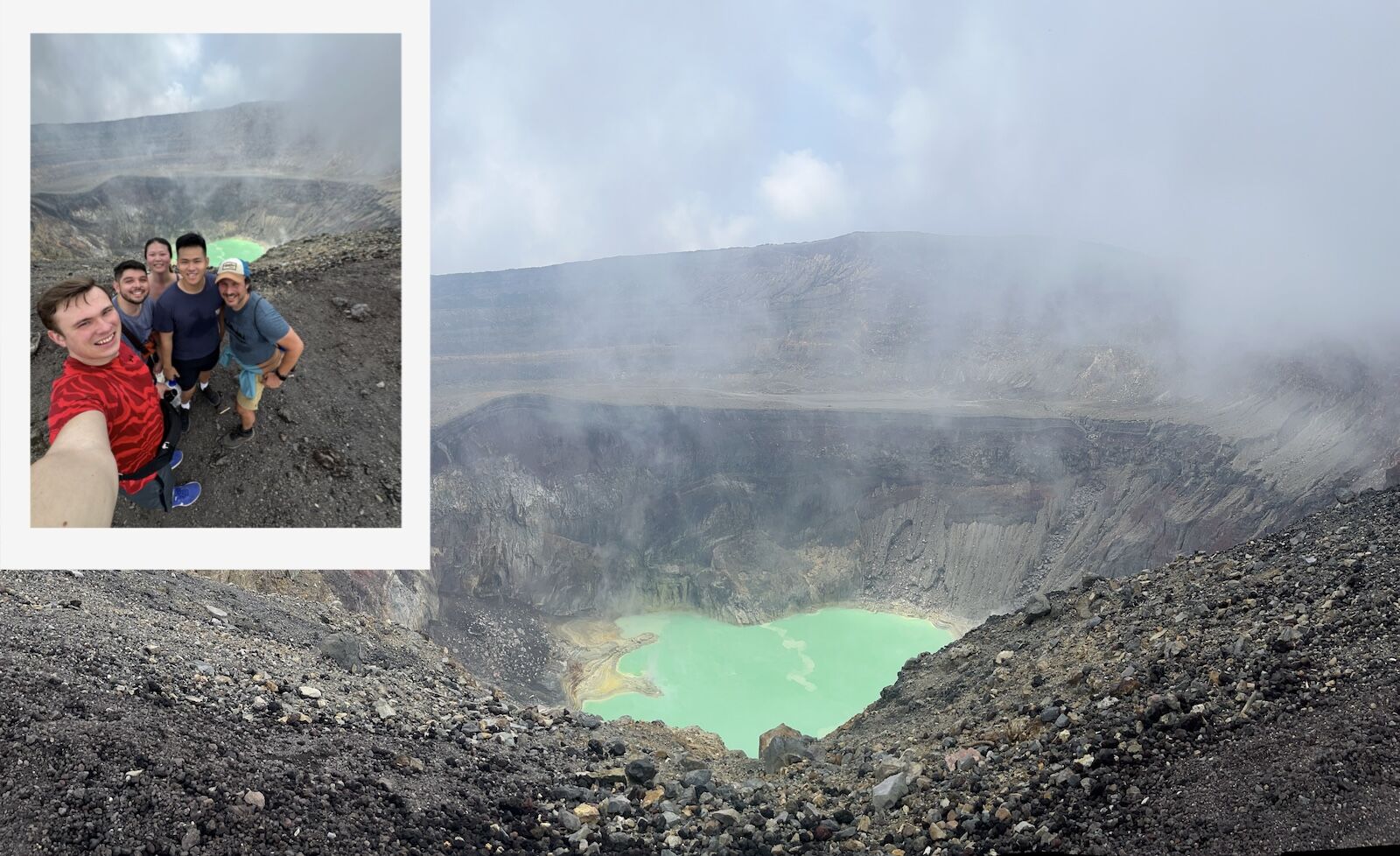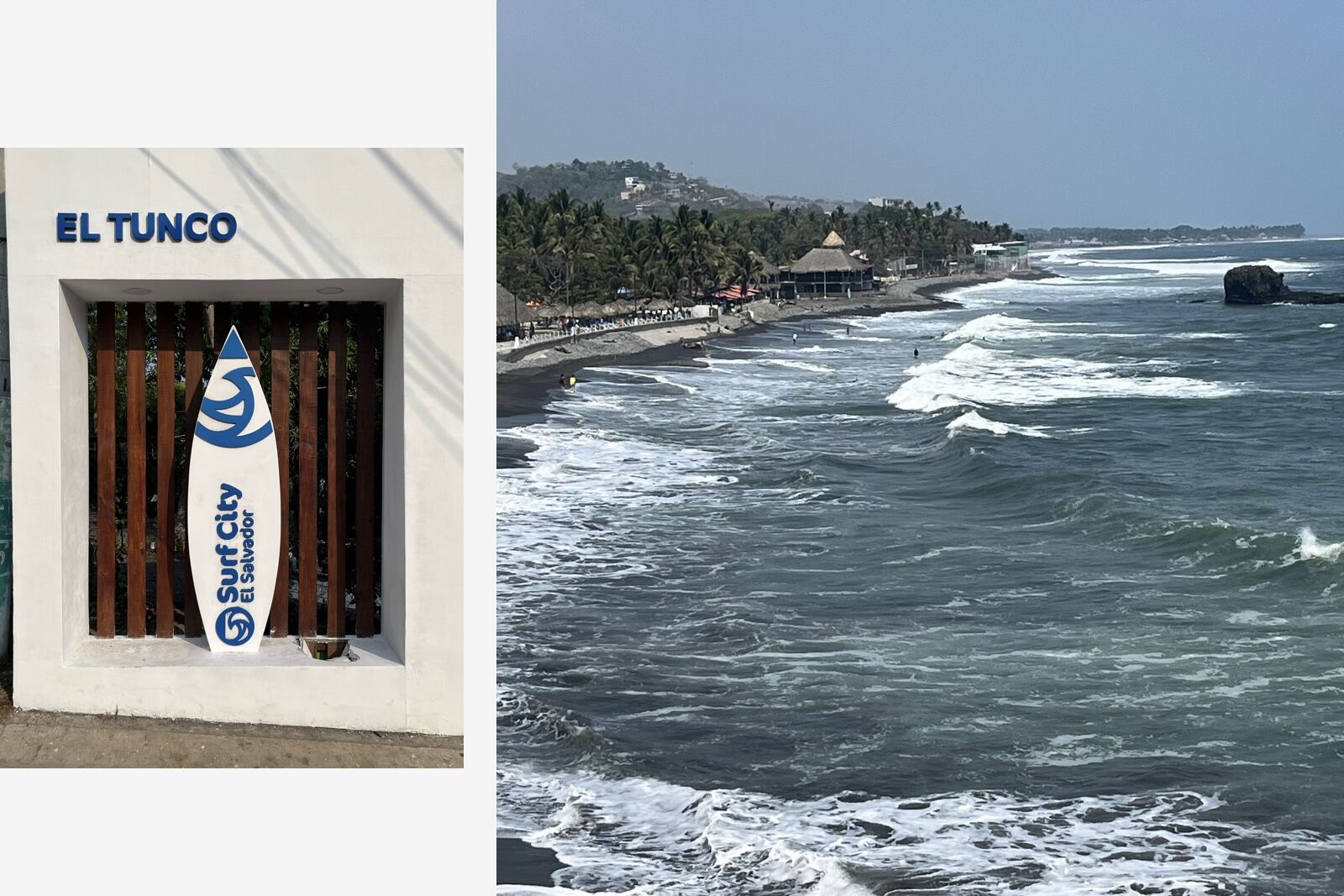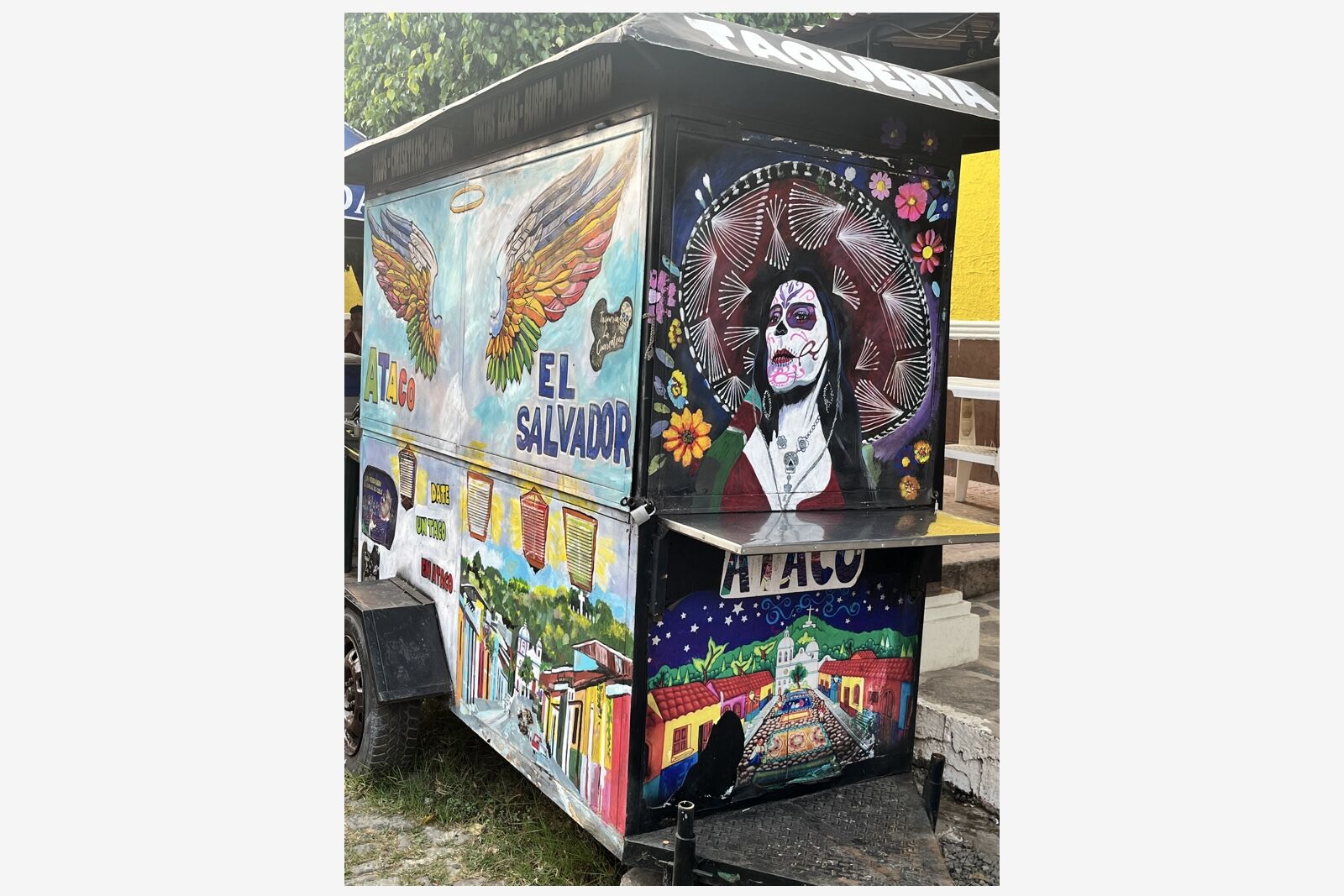I paused at the top of the Santa Ana Volcano, looking down into the fluorescent green crater lake below to regain my breath. The crisp air filled my lungs as I took in the scene, realizing I was experiencing something special. El Salvador, a country I had once associated with negative headlines, had revealed itself as an incredible Central American country to visit. My journey here had started several years earlier with an online connection and had led to an invitation to explore this misunderstood nation. What I discovered was a country reborn, full of natural wonders, rich culture, and some of the warmest people I’ve ever encountered.


El Salvador Has Transformed From Dangerous to One of the Top Travel Destinations in Central America
I connected with Joe, a writer based in El Salvador, during the pandemic. Over the following months, he had urged me to visit. Despite my skepticism due to the country’s reputation for gang violence, Joe assured me that El Salvador had transformed into the safest country in Central America. The government has invested heavily in tourism, and he urged me to see it for myself. I’m glad I did.
El Salvador is rapidly emerging as Central America’s hottest travel destination. Its natural beauty, rich culture, and warm hospitality make it an ideal spot for travelers seeking immersive experiences off the beaten path and away from the crowds that overwhelm many other destinations.
A week in El Salvador offers the chance to explore and experience diverse activities, and the centrally located capital, San Salvador, makes for an ideal base. It is very affordable and the official currency is the USD, removing the need for American visitors to exchange currency. From volcanic peaks to pristine beaches and ancient ruins to hip urban districts, this small country, about the same size as Massachusetts, offers so much for those looking beyond El Salvador’s troubled past.
Throughout my time there, I felt safer than in any other city I had visited. I was welcomed by friendly locals eager to promote their country, and their warm hospitality made me feel less like a visitor and more like a part of their community. As the country continues to transform its image, now is the perfect time to visit—before the secret gets out.
El Salvador for the adventure seeker

Photo: Ash Jurberg
Despite its compact size, El Salvador has a wealth of natural wonders. The country has more than 20 volcanoes, many offering exhilarating hiking experiences. With its stunning crater lake, the Santa Ana Volcano provides a challenging, yet rewarding, 90-minute trek leading to breathtaking views (due to the high elevation, sometimes literally breathtaking). For a more accessible option, San Salvador Volcano, located in El Boqueron National Park on the capital’s outskirts, offers newly developed paths with panoramic views of the city skyline and the surrounding countryside.

Photo: Ash Jurberg
Water enthusiasts will find plenty to do along El Salvador’s Pacific coast. The beach town of El Tunco, nicknamed “Surf City,” has become a haven for surfers of all levels and hosts a world championship event. The area’s consistent waves and laid-back atmosphere make it the perfect spot to get on the water, or you can simply enjoy the beach town vibes free from large crowds you’d find at similar beaches in other countries.

Photo: Ash Jurberg
Fifteen kilometers from El Tunco are the Tamanique Waterfalls, reached by an easy 30-minute hike. The reward at the end is a set of four spectacular waterfalls, offering the perfect place for a refreshing swim. Lake Coatepeque is another must-visit destination. It offers a beautiful setting with its changing hues of blue and turquoise, surrounded by lush greenery and volcanic peaks. The lake also offers opportunities for kayaking, diving, snorkeling, and jet skiing.
El Salvador for food lovers

Photo: Ash Jurberg
El Salvador’s coffee is world-renowned, and visiting a plantation is a must for any coffee lover. In the western part of the country, the Ruta de Las Flores (Flower Route) winds through charming artsy towns and market stalls and is home to several coffee farms. I visited El Carmen Estate, where I learned about the coffee-making process from bean to cup and sampled some of the finest brews I’d tasted. Of course, I had to bring a few bags of beans back home.
No visit to El Salvador is complete without indulging in pupusas, the national dish. These fluffy, stuffed corn tortillas served with a side of slaw and a tangy sauce are a staple of Salvadoran cuisine. For an authentic experience, head to a local pupuseria in San Salvador’s historic center. The revuelta — filled with beans, cheese, and chicharron — was my favorite, but there are dozens of choices for fillings, including loroco (a local edible flower) and ayote (a local squash). Accompanied by a refreshing horchata or local craft beer, this is a truly local experience. Just make sure to use your hands and not cutlery, which is considered a social faux pas.

Photo: Ash Jurberg
Food carts abound with cheap snacks, including empanadas, pan con pollo, and pastelitos. Seafood lovers will love the freshly caught food along the coast. I recommend combining delicious seafood with fantastic ocean views at Café Sunzal, ideally located overlooking the surfers at El Tunco.
El Salvador for history and culture buffs

Mayan ruins at the UNESCO World Heritage Site Joya de Ceren. Photo: Leonid Andronov/Shutterstock
El Salvador’s rich history is evident in its well-preserved Mayan ruins. The archaeological site of Joya de Cerén is known as the “Pompeii of the Americas.” Volcanic ash preserved this UNESCO World Heritage site, leaving intact structures and artifacts for visitors to explore.
For a more extensive Mayan experience, visit the ruins of Tazumal in Chalchuapa. This impressive complex features a large pyramid and showcases the advanced civilization that once thrived in the region. Nearby, the San Andrés archaeological park hosts the remains of a major Mayan political and religious center. All three sites are close to each other, located an hour from San Salvador, and can be easily visited in a day.

Street art in San Salvador. Photo: Ash Jurberg
The capital’s historical center, easily explored by foot, is filled with beautifully restored colonial architecture, including the Metropolitan Cathedral, National Palace, and National Theater. Visiting the National Museum of Anthropology provides insight into El Salvador’s history and art.